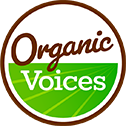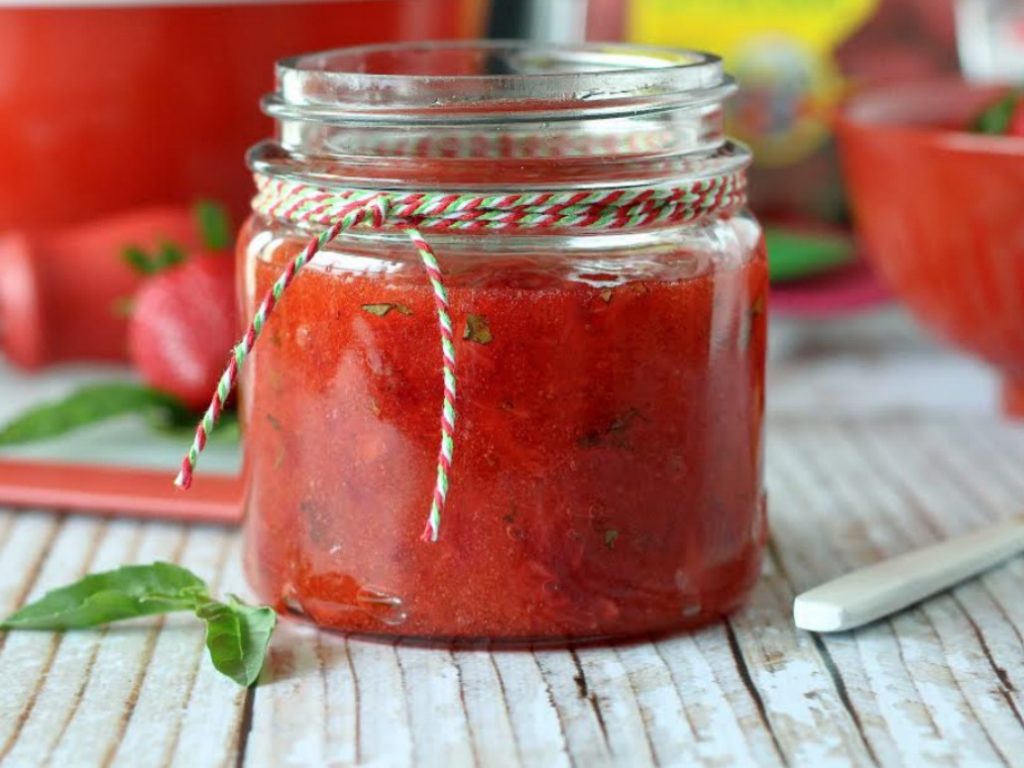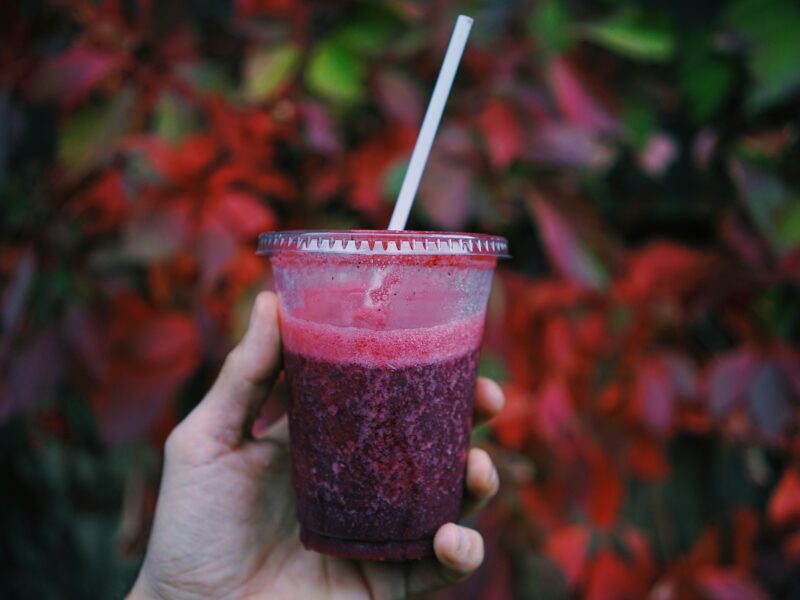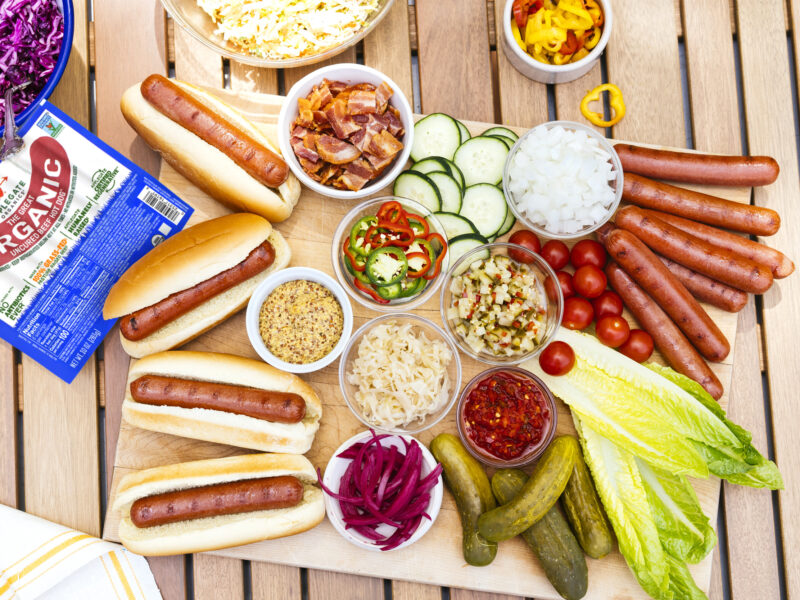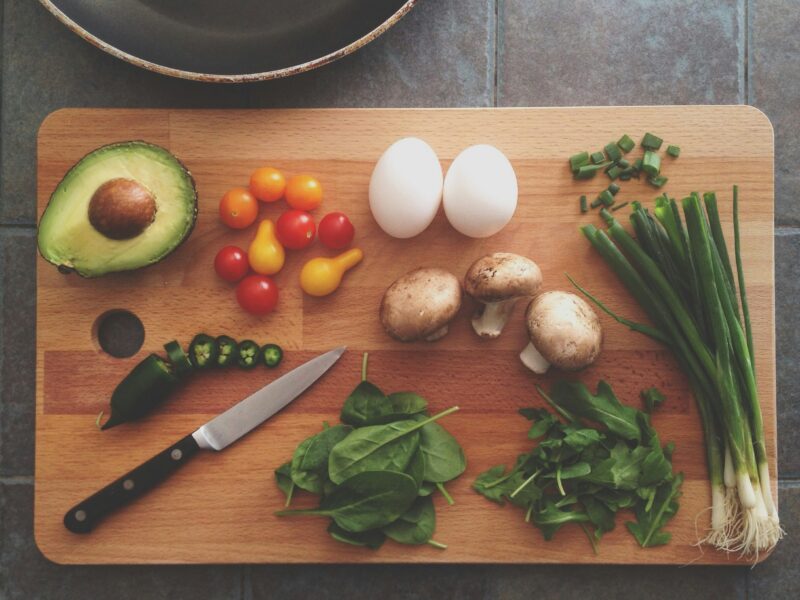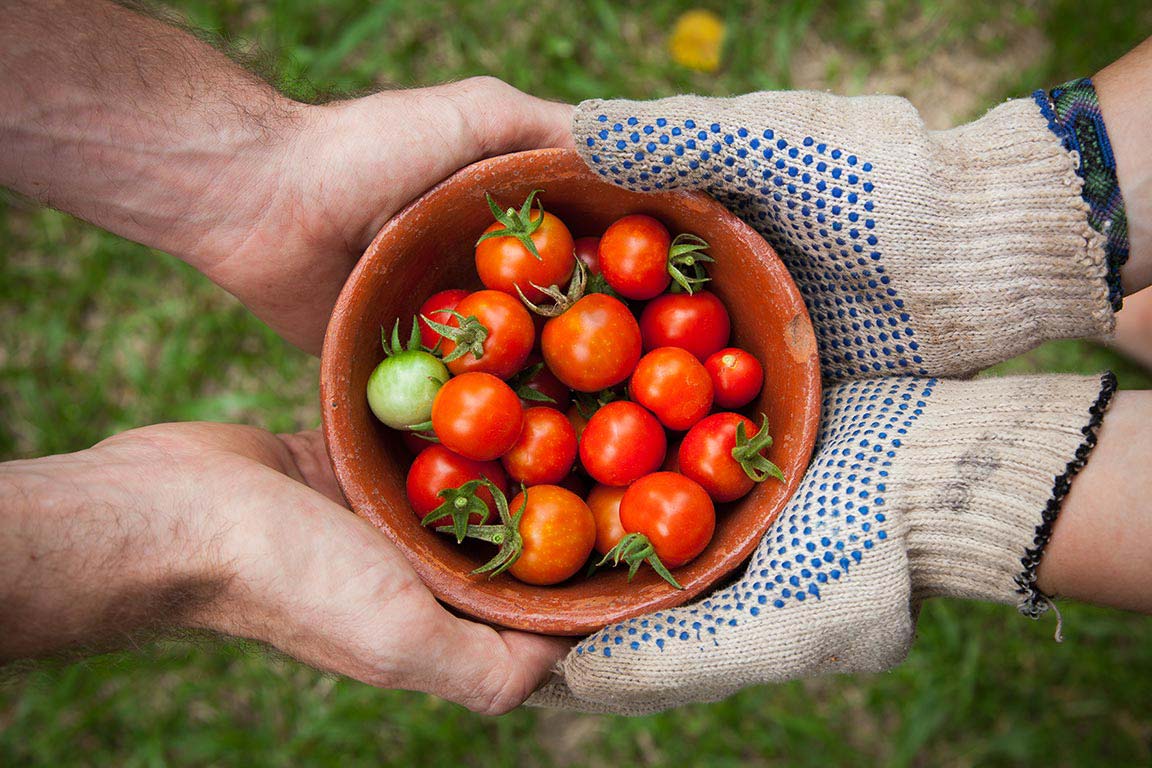The end of the summer is the perfect time to think about extending that bountiful organic harvest into the colder season. Eating with the season and preserving the harvest is the most effective way to save money on organic food. We’ve uncovered 10 unique ways to eat organic food long into the winter months when organic produce is more expensive and not as available.
- Using a root cellar or basement for storage.
Certain root crops and squashes are easy to keep for long periods of time as long as they are in a cool, dry and dark environment. Certain crops in a root cellar can last several months without sprouting or molding issues. The easiest vegetables to store without preserving are potatoes, carrots, beets, onions, winter squash and turnips.
- Freezing your produce as a storage method.
Freezing your organic harvest delays spoilage and keeps it safe by preventing microorganisms from growing and by slowing down the enzyme activity that causes food to spoil. Basically, the colder a food is, the slower its rate of deterioration. The best vegetables for freezing are snap beans, shell beans, lima beans, asparagus, peas, corn, peppers, all greens (except for lettuce) and berries
- Canning or boiling organic foods.
Canning organic foods is an excellent way to keep the harvest, enter strawberry jam or apricot preserves. There is a science to canning that must be learned but as long as you follow the temperature rules and a good recipe you’ll be set.
- Most bacteria will be killed at 212°F (100°C), the boiling point of water
- Can preserves while still hot to maintain the benefits of boiling
- Enzymes start to be destroyed above 140°F (60°). Get more canning tips here.
The best organic foods for canning are tomatoes, snap beans, shell beans, peas, corn and some fruits.
- Juicing your organic produce or making cider then freezing.
Freezing is the only option that doesn’t destroy the vitamins, minerals, enzymes or flavor. Raw cold-pressed juices once frozen must be kept in the freezer and can be stored for 6 months without degrading the flavor or nutrition. You can also make cider or wine from the organic harvest. All three options require some tools. For juicing you’ll need a juicer or blender then a strainer. For cider you’ll need a press and some containers for freezing. Winemaking equipment basics include primary and secondary fermenters, an air lock, food-grade tubing, and glass bottles and corks, plus bottle corker
The best organic produce for juicing is apples, celery, kale, citrus, beets, cucumbers and pears. Ciders and wines can be made from a variety of fruits.
- Fermenting
Fermenting sounds complicated but it’s actually quite simple. For example, making pickles requires submerging cucumbers and spices in a salt-water solution, then storing them in a cool place for a few weeks. This process leads to the formation of lactic acid, a preservative, which turns fresh cucumbers into pickles. The same thing happens to cabbage when you’re making sauerkraut. Fermenting foods has become really popular with the understanding of the nutritional benefits to our gut biome. The sky is the limit when it comes to fermenting the organic harvest so pick a food and start fermenting.
- Drying organic herbs and spices.
If your herb garden has a lot of oregano or basil, it’s a good time to pick some and store tightly in a bottle in a dark place. Herbs will keep for up to a year. Herbs that retain their flavor well when dried include oregano, rosemary, tarragon, thyme and mint. Dry hot peppers and garlic can be dried in this way, too.
- Pickling your organic harvest.
Pickled foods are similar to fermenting foods. The main difference between the two is that pickling involves putting food into an acidic brine to produce a sour flavor, whereas fermenting gives food a sour flavor without any added acid. Harnessing vinegar’s preservative powers can transform a surplus of veggies and fruits into shelf-safe pickles, relishes and spicy chutneys.
- Turning the organic harvest into green, orange and red salsa.
- Salsa preparation is easy during the organic summer harvest. Organic tomatoes can be used as the base for red salsa. You can cook and then freeze or can your salsa. Tomatillos are used for green salsa, and habanero peppers make orange salsa. The best things about preserving organic salsa is that you don’t have to pay top dollar for it during the winter months and it can be added to so many recipes. Here is a good salsa recipe that will hold up in a freezer for 6 months.
- Organic sauces add flavor all year round.
With a good blender, food processor or even a mortar and pestle, making several organic fresh sauces and then freezing can be very easy. For example pesto sauce freezes well for up to a year; try freezing it in ice cube trays to add to soups or vegetables, or in larger containers for speedy, fragrant pasta dishes. But, pesto isn’t the only sauce you can make in a batch and freeze, try marinara, chimichurri, harrissa, chipotle, barbecue and curry sauce.
- Dehydrating organic produce.
Another great way to enjoy a large harvest of food is to invest in a dehydrator and make delicious fruit leathers, dried apples, crackers, and jerky. The best organic harvest choices for dehydrating are lima beans, kidney beans, peas, corn, onions, and some fruits such as apples, bananas, cherries and mangos.
